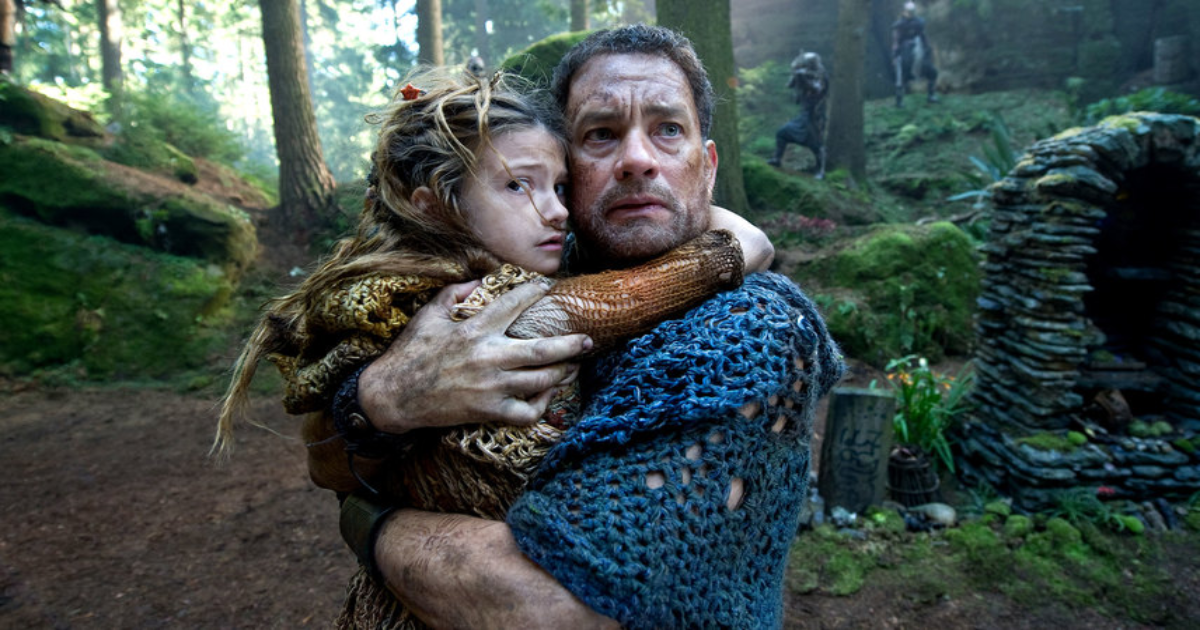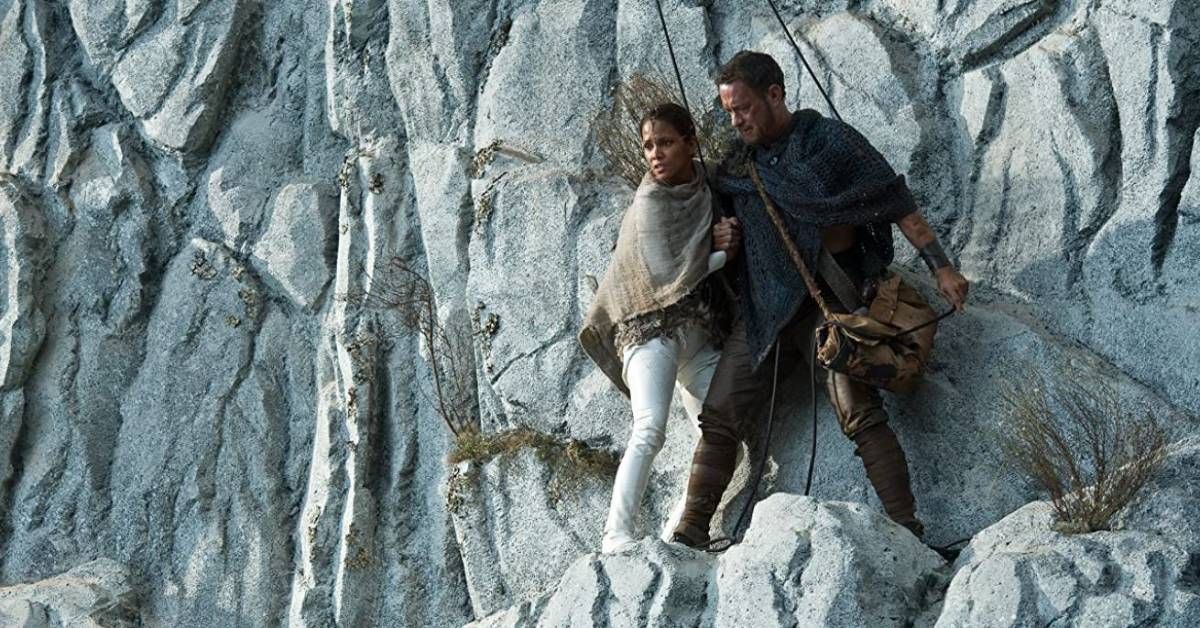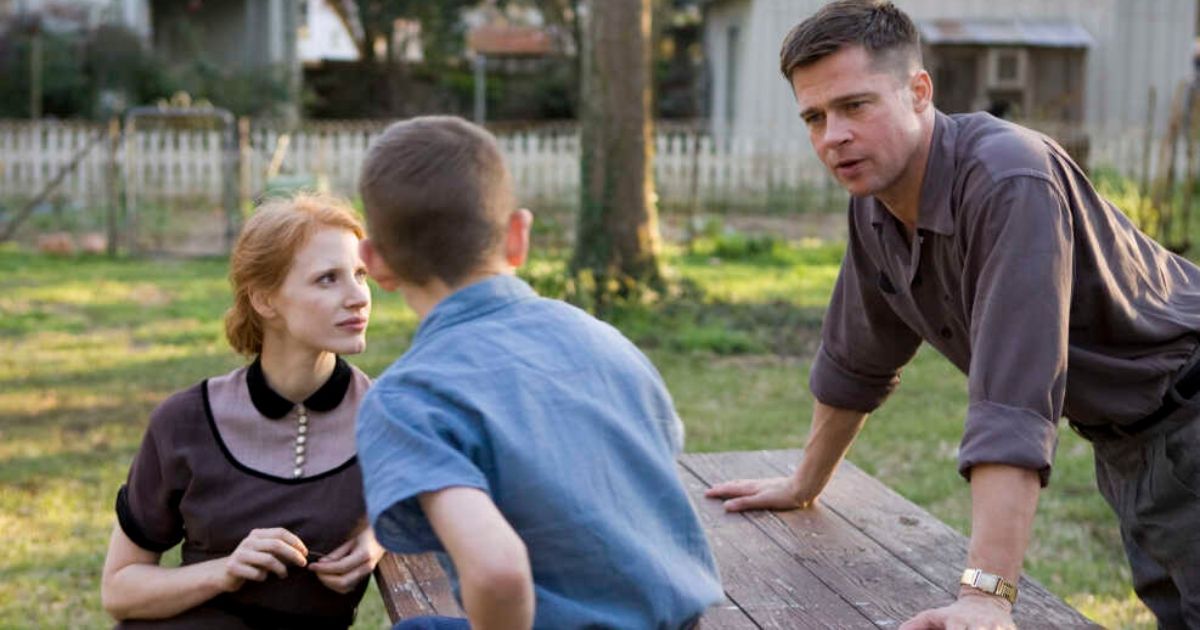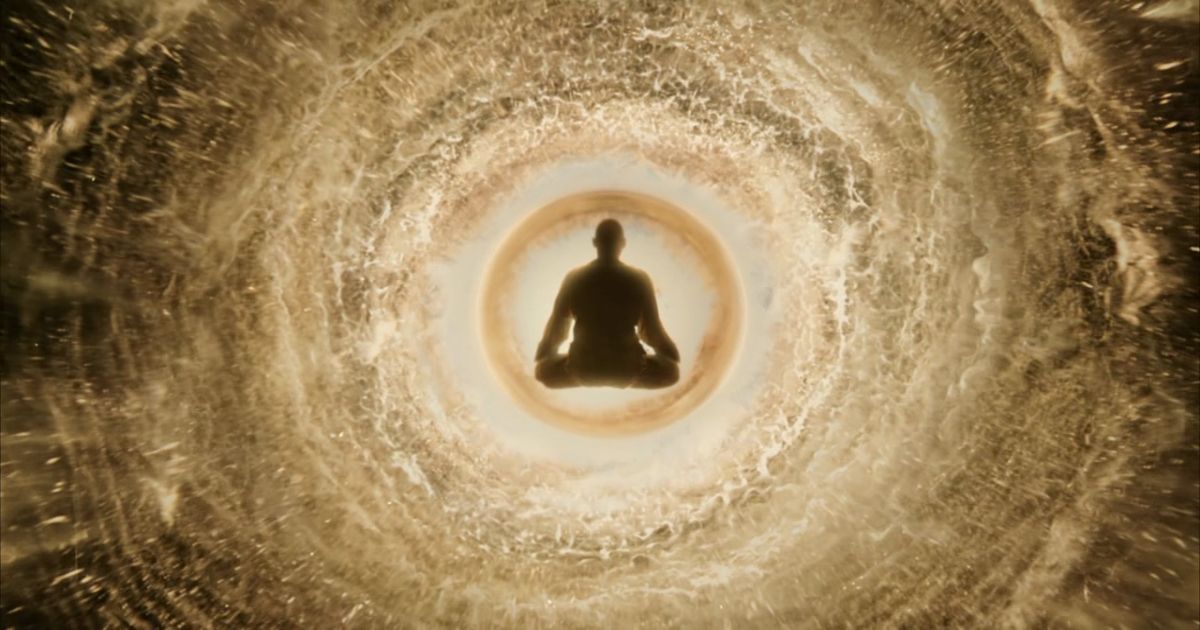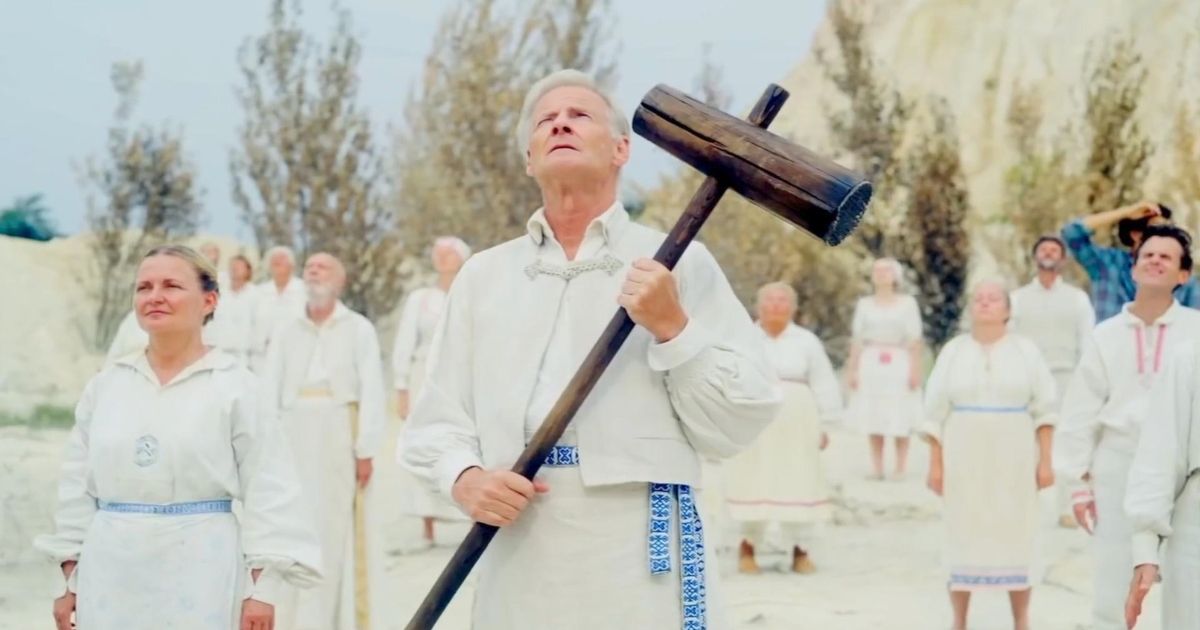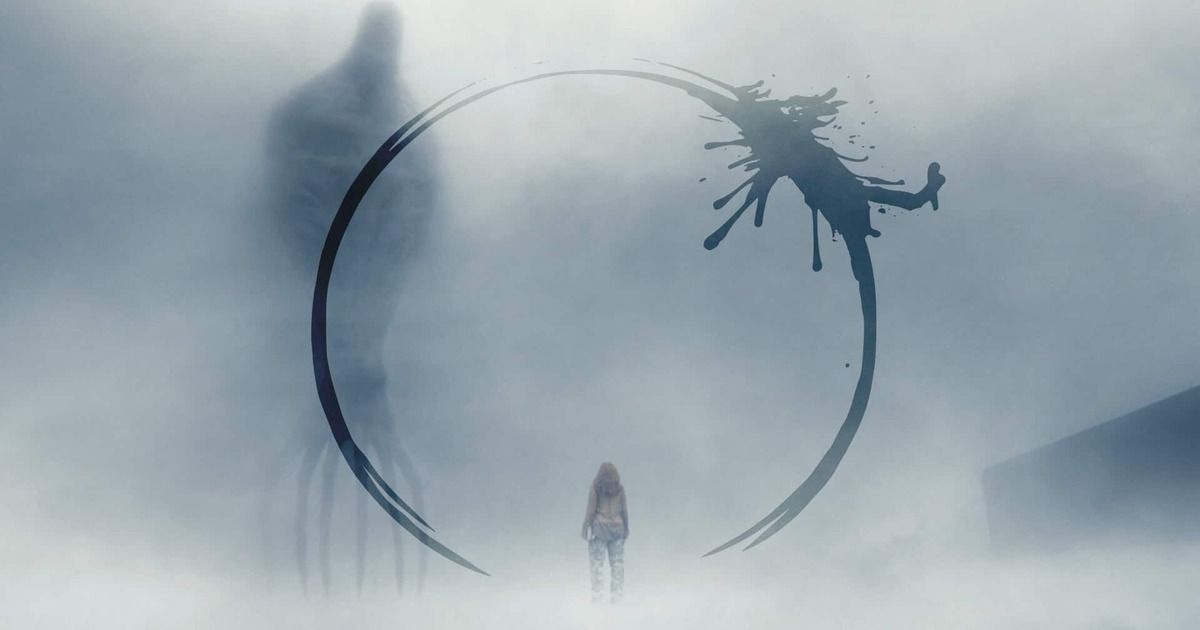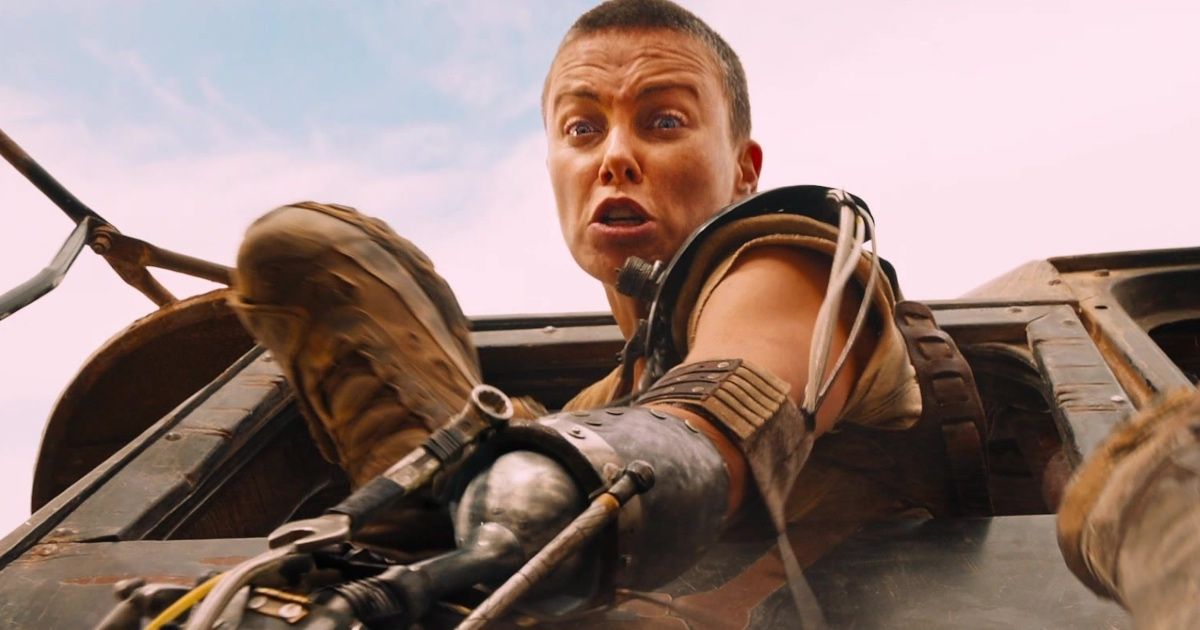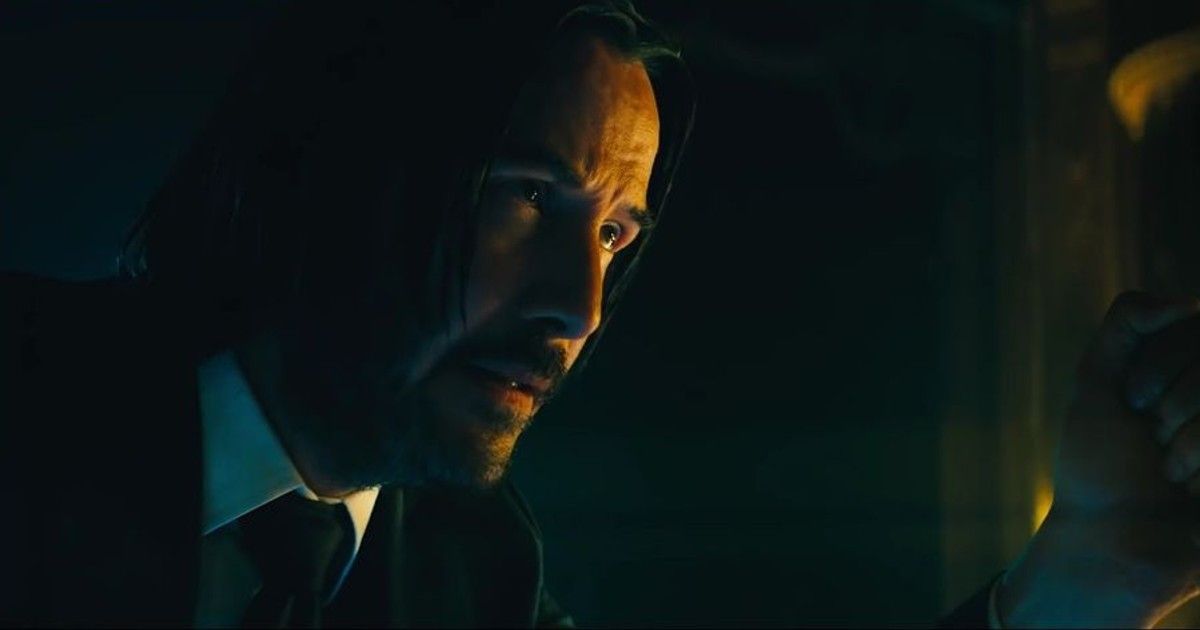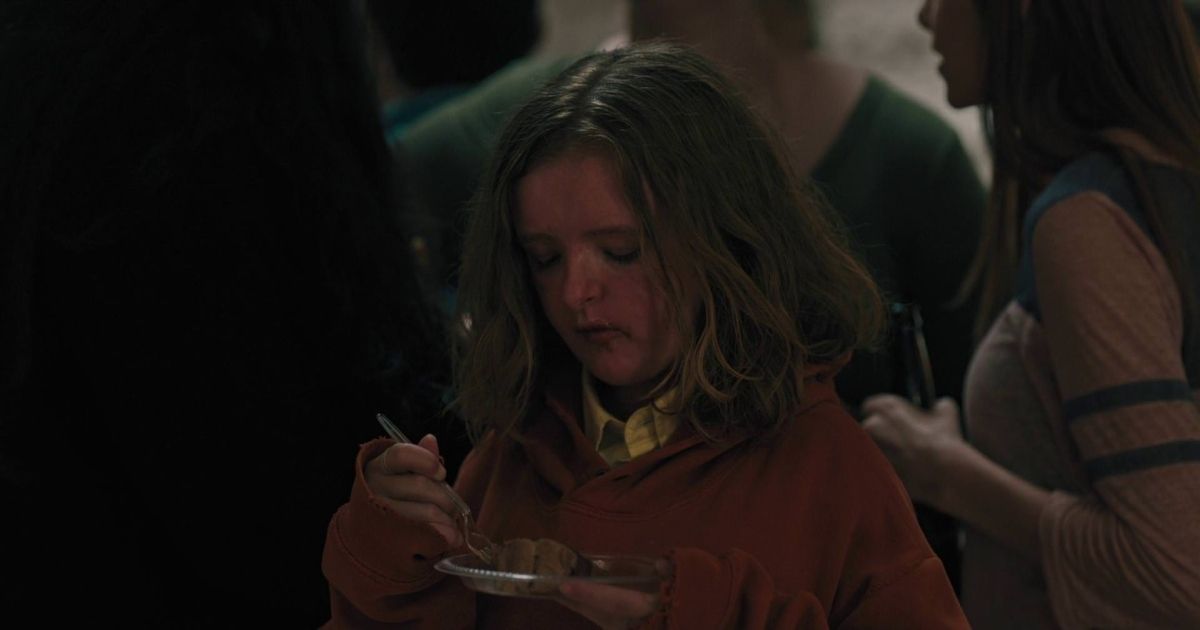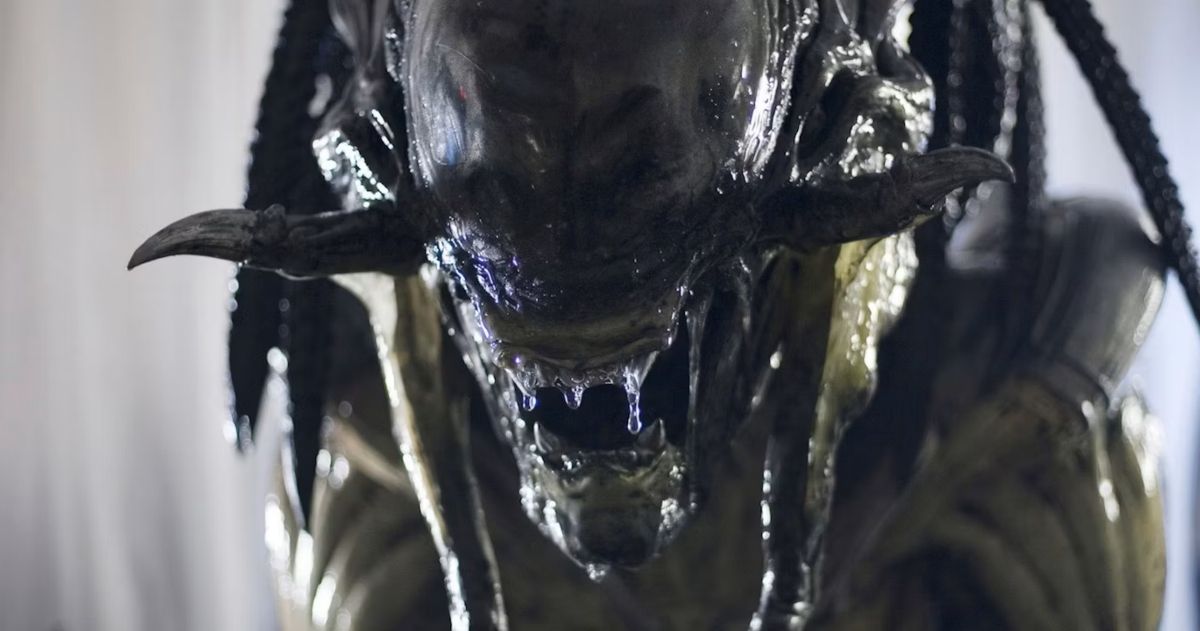One way or another, movies have to tell a story, and every story needs an introduction. In film, we are generally introduced to the world of the movie – its setting, vibe, politics, jargon, conflict, and major characters through a concept known as exposition.
Good exposition is accomplished naturally, through dialogue or visuals that immediately immerse the viewer in the world without overwhelming or confusing them. Well-executed exposition, in general, is extremely difficult to accomplish. More often than not, movies tend to fall short in one way or another. However, an argument can also be made for movies that tend to info-dump their exposition, like Star Wars or Blade Runner, as well as movies that have almost no exposition at all and throw viewers right into the conflict. Sometimes, depending on the plot of the movie, this type of exposition works well. Here are ten movies that throw viewers right into the deep end – and own it.
10 Cloud Atlas
Cloud Atlas began as one of those books that is often described as “unfilmable.” This word is thrown around a little too often, but in this case, it’s totally justified. In the first half of the book, we read in proper prose and dialect for each time period the first half of five stories, while the most distant future one plays all the way through. In the last half of the book, we read the last half of the first set of stories playing backwards to the first. Make sense? To most people, it didn’t. It’s a Russian nesting doll masquerading as a book.
In the movie, these stories are not quite as separated, and viewers often find themselves bouncing between the different timelines, but drawn together by some connective tissue that gives them a little ground to stand on and understand what’s ultimately being said. One of the most well-known is the use of the same actors (with different makeup and prosthetics, of course) playing characters who are intended to be the same souls reincarnated across multiple timelines. The film has a lot to say, but it requires the viewer to work out the message for themselves, as it does absolutely nothing to set the viewer up to understand the plot. Instead, the beginning of the movie throws you right into the life of a slaver living in the 1800s. Doesn’t exactly scream Buddhist sci-fi drama, right? That’s the point.
9 Tree of Life
When one talks about throwing viewers into the deep end, Tree of Life is more like throwing viewers into the middle of the Atlantic with no compass and no boat. The film opens with a figment of self-altering light that many people believe represents God, as a voiceover prays to it. A family of four is about to become a family of three, and the main character, Jack, is about to lose his brother. This is the incident that bleeds into every whispered voiceover, every shot of the family without their youngest son, and eventually into the bizarre mid-film detour that seems to shoot the beginning of the universe all the way from the Big Bang to the extinction of the dinosaurs. Although it encompasses the heart and soul of the film, the opening scenes do little to nothing to prepare the viewer for the primary message and plot line of the movie.
8 The Fountain
Running along a similar vein as Cloud Atlas, The Fountain takes place in years 1500, 2000, and 2500 and its two major characters are Tomas, Tommy, Tom Creo (Hugh Jackman) and Isabel, Izzy Creo, and … a tree (Rachel Weisz). In each era, Tommy sets out on a quest to save Isabel – in all her forms – from death.
The catch is that the film switches between timelines with shots that are edited together as if someone is dreaming the whole story at once, and viewers don’t know any of this when they start out watching the film. The opening scenes depict a medieval Spanish warrior encountering Mayan civilization in the year 1500 – so, not really something one would immediately watch and think that later in the movie they’d be seeing a man with a tree on a spaceship.
7 Midsommar
Midsommar is yet another of those films that throws you immediately into the action. The movie opens on a young girl, Dani, who calls her irritated boyfriend, Christian, and interrupts his social outing to express her worries about her sister. You learn that Dani’s sister struggles with mental health issues and that Dani feels like her worries are “different this time,” but within the first few minutes you are thrust immediately into the horrific death of Dani’s entire family through her sister’s murder-suicide with almost no buildup or knowledge of the characters or the story. Viewers learn about the characters in these scenes, including Dani and Christian’s toxic relationship and the reason for Dani’s later trauma responses, but they learn little to nothing about the plot of the movie.
6 Arrival
Arrival is one of those movies that really sticks with you long after it’s finished, though you likely won’t understand what’s really going on until the very end of the film. The movie opens with a voiceover and footage of a mother and daughter together. “I used to think this was the beginning of your story,” begins Louise (Amy Adams). “Memory is a strange thing. It doesn’t work like I thought it did. We are so bound by time; by its order.” We then watch, in a series of short scenes, Louise and her daughter as a baby, a toddler, a child, a patient in a doctor’s office, a terminally ill teenager, and then nothing. All of this before the movie even begins, because Arrival is about fourteen alien obelisks that suddenly appear all over the planet, with no one having any idea why they are there. And, while viewers think that her daughter’s death is supposed to be the reasoning behind Louise’s behavior throughout the series, later scenes show them that they were completely wrong.
5 Mad Max: Fury Road
The latest Mad Max film has exactly one moment of pure stillness, and it’s the opening shot of a lizard slithering towards a dusty and post-apocalyptic car in the desert. The driver stands next to the car with his back to us, looking out over the barren wasteland of the Mad Max universe. The lizard slithers towards him, and with lightning-fast reflexes, the man stomps on it and eats it – and that’s about as much explanation viewers will get in this film. Mad Max is almost cartoonishly relentless, but it does somewhat introduce you to its world, major players, traumatic past of its titular hero, and its larger themes, though it may take a couple of times of watching it to figure out the message. Mad Max: Fury Road earns its name. It starts so fast, with so little in the way of introduction to the world, that if you walked into the theater five minutes late, you’d have no idea if the movie had just started or was almost over.
4 John Wick 3: Parabellum
While all four John Wick movies have a habit of throwing you right into the plot with minimal exposition, none is a better example than John Wick 3: Parabellum. It’s likely that the producers have figured that by this point, viewers should already know what to expect. In the first John Wick installment, viewers were granted with at least something of an exposition: that of John’s wife passing away and gifting him with a puppy, whose untimely death by the hands of antagonist Viggo’s entitled son fueling his drive for revenge. John Wick 3: Parabellum offers viewers no such gentle ease, instead choosing to delve right smack into the middle of the action with an opening scene featuring John Wick just running through New York City. The excitement only increases from there.
3 Hereditary
Although this movie lays the foreshadowing on thick, the film does little to introduce the plot and characters and dives straight into the action, with the movie opening on the funeral of the main family’s recently deceased grandmother. What follows is a series of spooky scenes that quickly spiral into horrifying. Although Hereditary is often heralded as one of the most unsettling horror movies of its time, it can take a while to really grasp the plot and message of the story as quickly as it dives into the thick of things.
2 Alien
The only exposition we get from Alien is a set of opening statistics pasted Star-Wars-style on the front of a scene from outer space. We’re set up with some facts about a spaceship, the number of people on board, and their purpose for being there. That’s it. Through the crew’s conversations after being suddenly awakened from hypersleep to address an unknown signal on their radar, we learn a bit more about their world and the situation they’re in, but other than that, we begin a deep dive into the plot of one of the best-performing sci-fi horror movies of all time with little to no opening preparation.
1 A Quiet Place
A Quiet Place takes viewers directly into the heart of the plot with zero explanation or set up at all – particularly because there is almost no dialogue in the beginning of the movie as the characters are trying their hardest to be as quiet as possible. It is evident from the opening scenes that sound = danger, but viewers are not given an explanation as to why until the end of the opening scene where the main family’s youngest son is killed after making a loud noise. This event is the only exposition provided for the majority of the movie.

